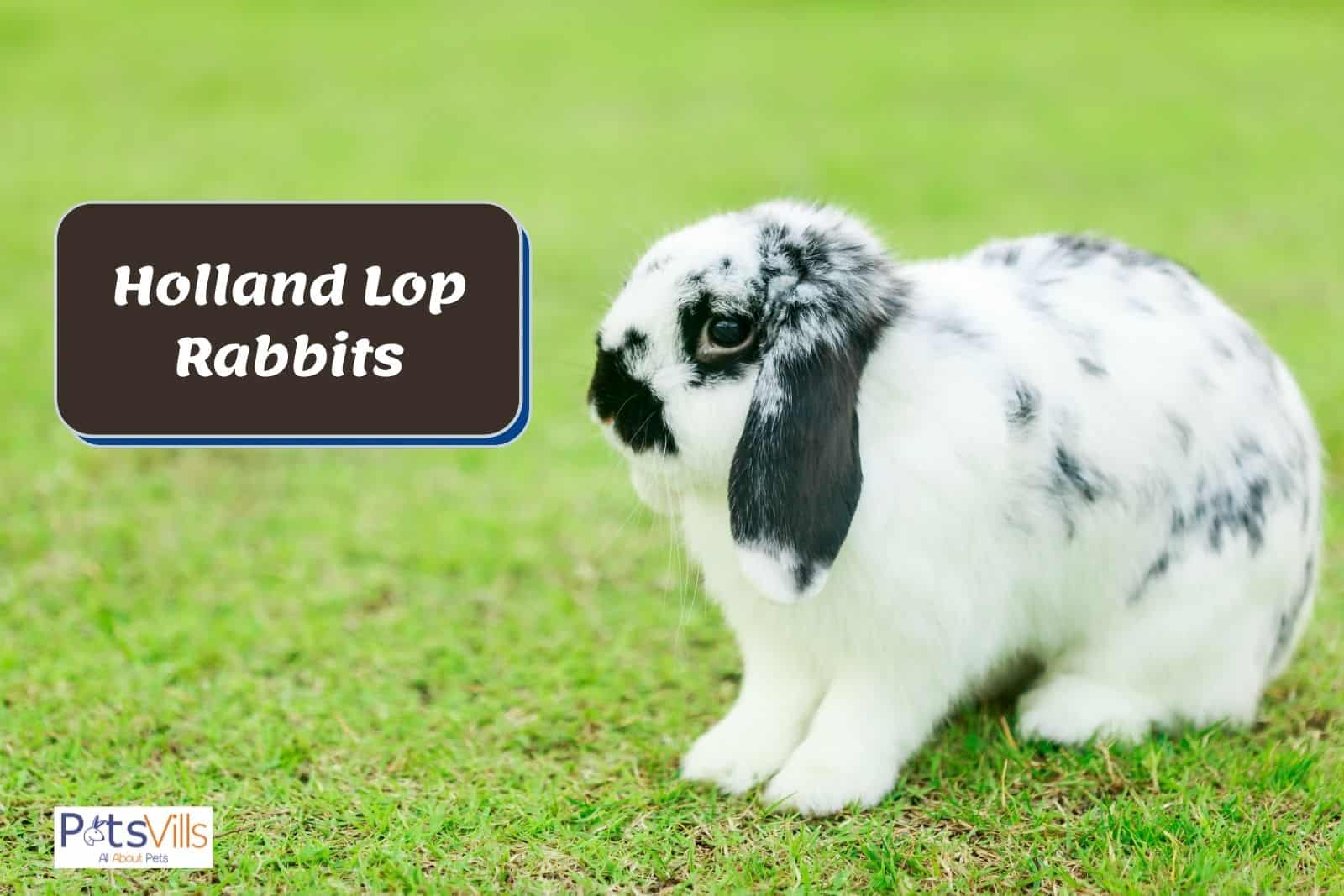The Holland Lop, as the name would suggest, was first bred in the Netherlands. The goal was to breed a miniature version of the French Lop, and this was done by breeding a French Lop with a Netherland Dwarf.
Along the way, the English Lop was added to strengthen the Lop gene. The result is the Holland Lop which we all know and love today.
They are small, weighing in between 2-4 pounds and have a sweet and friendly nature.
Holland Lops are small and compact (they do have some dwarf blood in them) and are characterized by the ears which hang down, a standard on lop bunnies.
They have a stout and stocky body with defined fur sticking up on the back of their necks. They are small, weighing in between 2-4 pounds, and have a sweet and friendly nature.
They are a favorite rabbit to have as a pet.
READ MORE: About Continental Giant Rabbit
Table of Contents
How Do I Care for a Holland Lop?
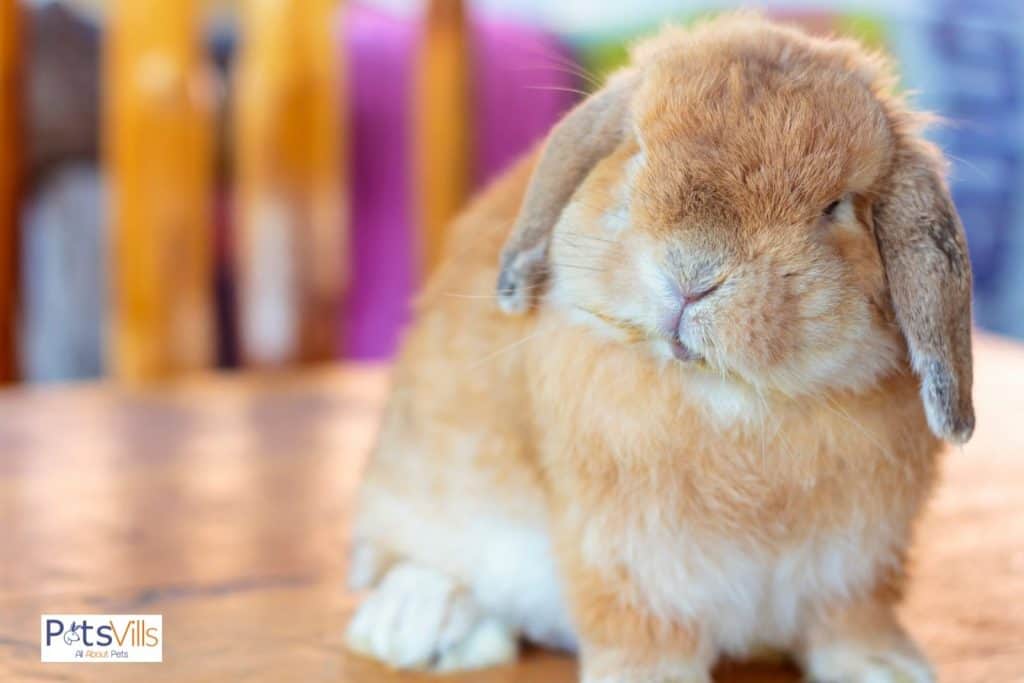
Holland Lops are one of the easiest rabbits to care for. Even though they have thick and dense fur, they only require basic grooming to keep their coat looking glossy and stylish.
We would recommend brushing their hair once a week, though they will enjoy good grooming if you want to do it more regularly. They also need their nails trimmed; once a month should suffice.
A wire-bottomed cage will help to keep dirt and grime away from their dense coats and will make grooming a lot easier.
Just make sure that you pad the bottom of the cage with something as the wires can hurt their feet if left bare. The cage should be a minimum of 20” x 24”, though the bigger, the better.
If you have the space, then there is no reason to give your bunny as much space to run around in as possible. Make sure that the wires of the cage are crafted from metal or some other material that your bunny cannot chew through.
Also check the Dutch bunny!
How Active are Holland Lops?
Holland Lops are active bunnies so you should make sure that they have enough space to run around in.
If you have your bunny in a cage, then there should be an option for your bunny to get out and stretch its legs. A large run will allow your rabbit to play, but letting the bunny free in your home can be a better option.
Before you do that, you need to ensure that your home is bunny-proof. Put away or cover any cords and wires.
Bunnies love to chew on those, and they can pose a health risk if they chew through them. I am sure that you would rather have unchewed wires.
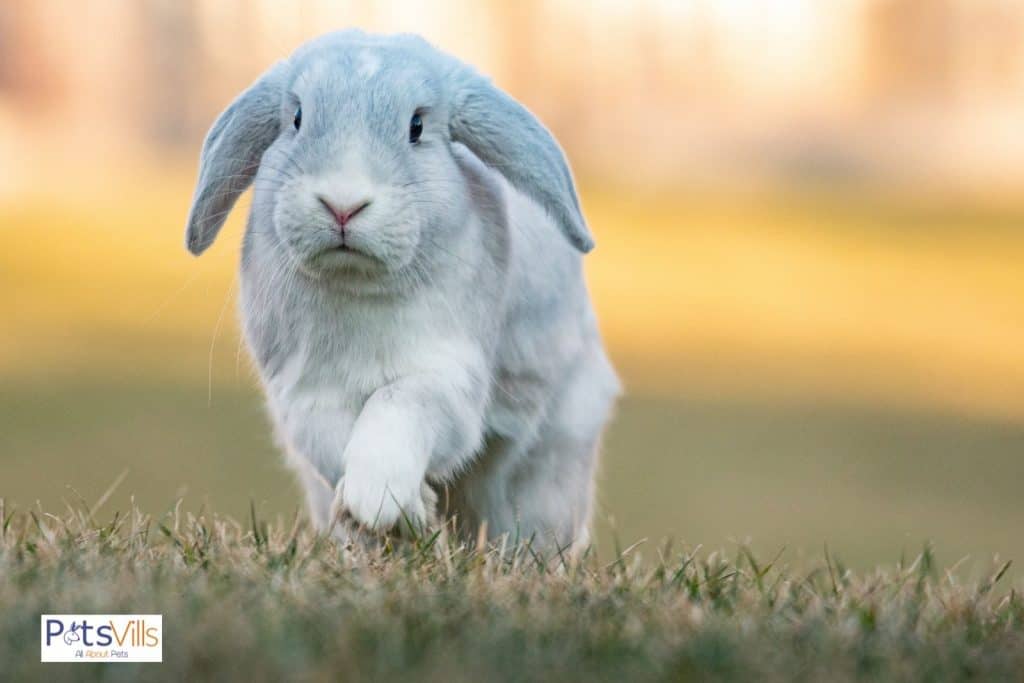
A cage, or an enclosed space, should be an option for your bunny to retreat to when they want some alone time.
They should also have a separate litter tray for when nature calls. In the warmer months, you can take your run outside so that your bunny can run around out there.
Letting your bunny free in your yard is another option if it is enclosed and there is no way for your rabbit to get out or for anything else to get in. Always stay with your bunny when they are outside.
What Should I Feed My Holland Lop?
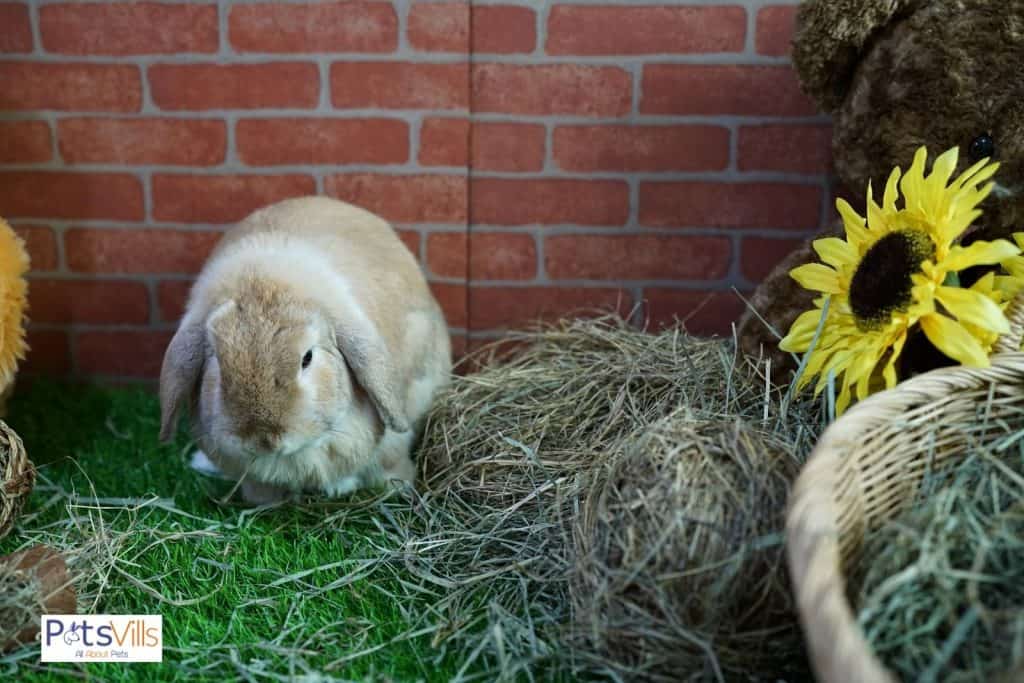
Holland Lops love Timothy hay, high-quality pellet feed, and lots of fresh drinking water. Changing the water regularly is recommended as it can become contaminated by fur, hay, and other things when the bunny is playful.
Feeding pellets and hay once a day should be enough. Treats can be given in moderation, with fresh veggies being the preferred choice.
Holland Lops love to chew on wood, such as branches and twigs, and the chewing will help them to maintain their teeth and gums.
Holland Lop bunnies do not suffer from many health issues, so there is not a lot you need to do to maintain optimum health. If you take care of the small problems and have regular check-ups with the vet, then you have less chance of having to pay a hefty vet bill at some point.
If you are feeding your bunny correctly, then you should not have any problems with their teeth, but you should still have them regularly checked by the vet.
Spaying and neutering can be done when the bunny is six months old.
READ MORE: Mini Rex Rabbit Colors
Holland Lop Color & Looks
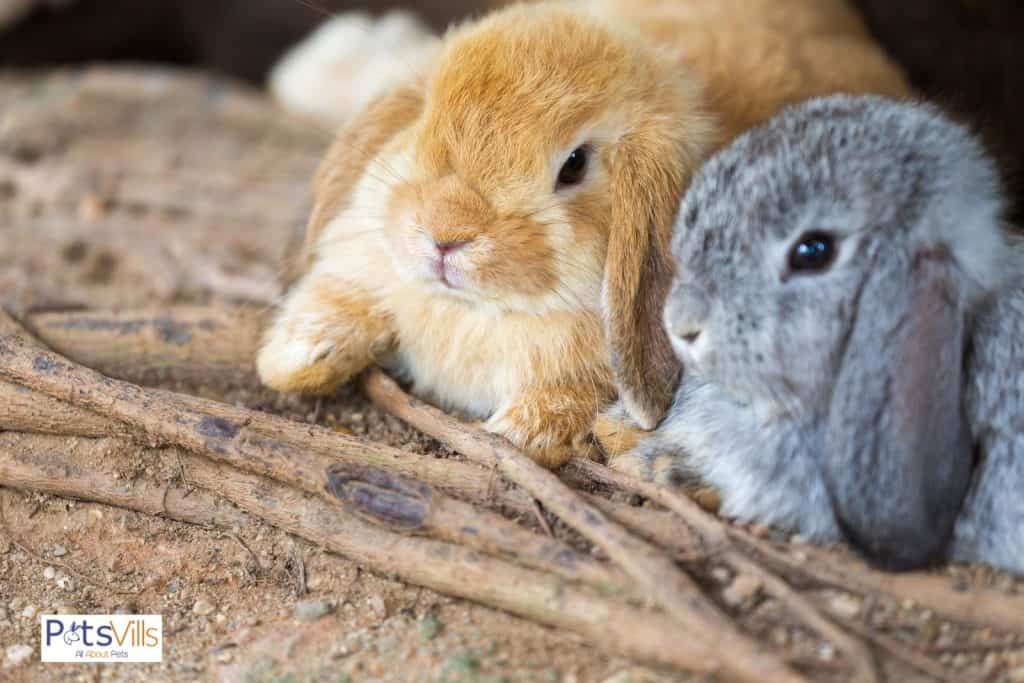
Holland Lops come in a variety of colors and combinations. One of the most common colors is a very light orange or fawn. You will also find many Holland Lops with a purple-grey tone, along with many other shades of grey. Various shades of brown are also common, though not as common as grey.
You may also find white Holland Lops, though that color is not as prevalent as the others, and can give them a rat-like appearance due to their white skin and red eyes, though they are much cuter than rats will ever be.
Holland Lops are muscular and well-toned for their size.
With any lop, the ears are the most distinctive feature. The almond-shaped ears are long and droop down on each side of their heads. Holland Lops are small with short, stubby legs.
They have claws on their paws, but you will find that they rarely use them. They have small and fluffy little tails. Holland Lops have small, black eyes and flat noses.
Holland Lops are muscular and well-toned for their size. This makes them playful and energetic. As with other rabbits, this breed has teeth that will continue to grow. Hay, greens, and wood to chew on will help to keep their teeth in check.
Holland Lops are small and weigh in at around 2-4 pounds.
Holland Lops As Pets
So, are Holland Lops the perfect bunny to keep as pets? Well, there are many breeds of rabbits that can be perfect as pets, and the Holland Lop is one of them.
Let’s take a look at what makes them such good pets and how to get the most out of them.
They are a playful breed of bunny so make sure to include lots of toys in their space. Make sure that the toys are pet-safe.
Cardboard boxes and other cardboard objects are safe for your bunny to play with and chew on. There are no toys that are specifically recommended so we would advise watching your bunny to see what they like.
They love to be around children and other rabbits. They like to be scratched gently behind the ears.
Start with cardboard tubes and boxes and see what they do. If they like to roll them around, then choose toys that can be moved and played with. If they like to climb or hide inside, then choose structures which they can play in or around.
Make sure to spend a lot of time interacting with your Holland Lop. They are social animals and thrive on social interaction. Grooming them is a great way to spend time with them.
You should groom them once a week, and you will often find that they will sit still and let you do it, often sitting on your lap if you pick them up.
You can also pet them or just sit in their area and let them come to you or run around you. They love to be around children and other rabbits. They like to be scratched gently behind the ears.
When they have the space to do so, Holland Lops will run, hop, and bounce around in their area.
They love to exercise, and their energy and exuberance make them great pets for families or those who want to know that they have a rabbit in the house.
The more you socialize with your bunny from a young age, the more social your bunny will be.
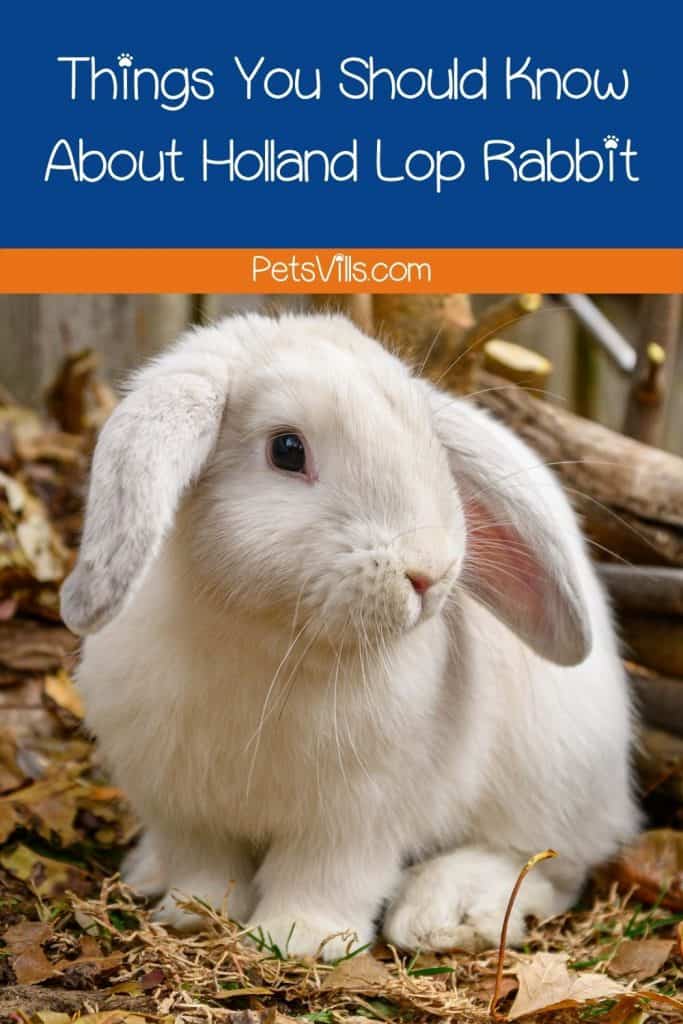
What do you love most about Holland Lop rabbits? We’d love to hear your thoughts below!
Alina Hartley is a small-town girl with a ginormous love of bearded dragons. It all started with Winchester, a baby bearded who was abandoned at the shelter by his former owners because of a birth defect that caused one front leg to be shorter than the other. Alina originally went to the shelter looking for a guinea pig, but one look at Winchester and it was love at first sight. From that day on, Alina has dedicated her life to learning everything she can about bearded dragons. She loves helping new beardie parents start their incredible journey with these magnificent reptiles.
Follow her on:
LINKEDIN
TWITTER.
Read her latest articles HERE
Learn more about her HERE.

